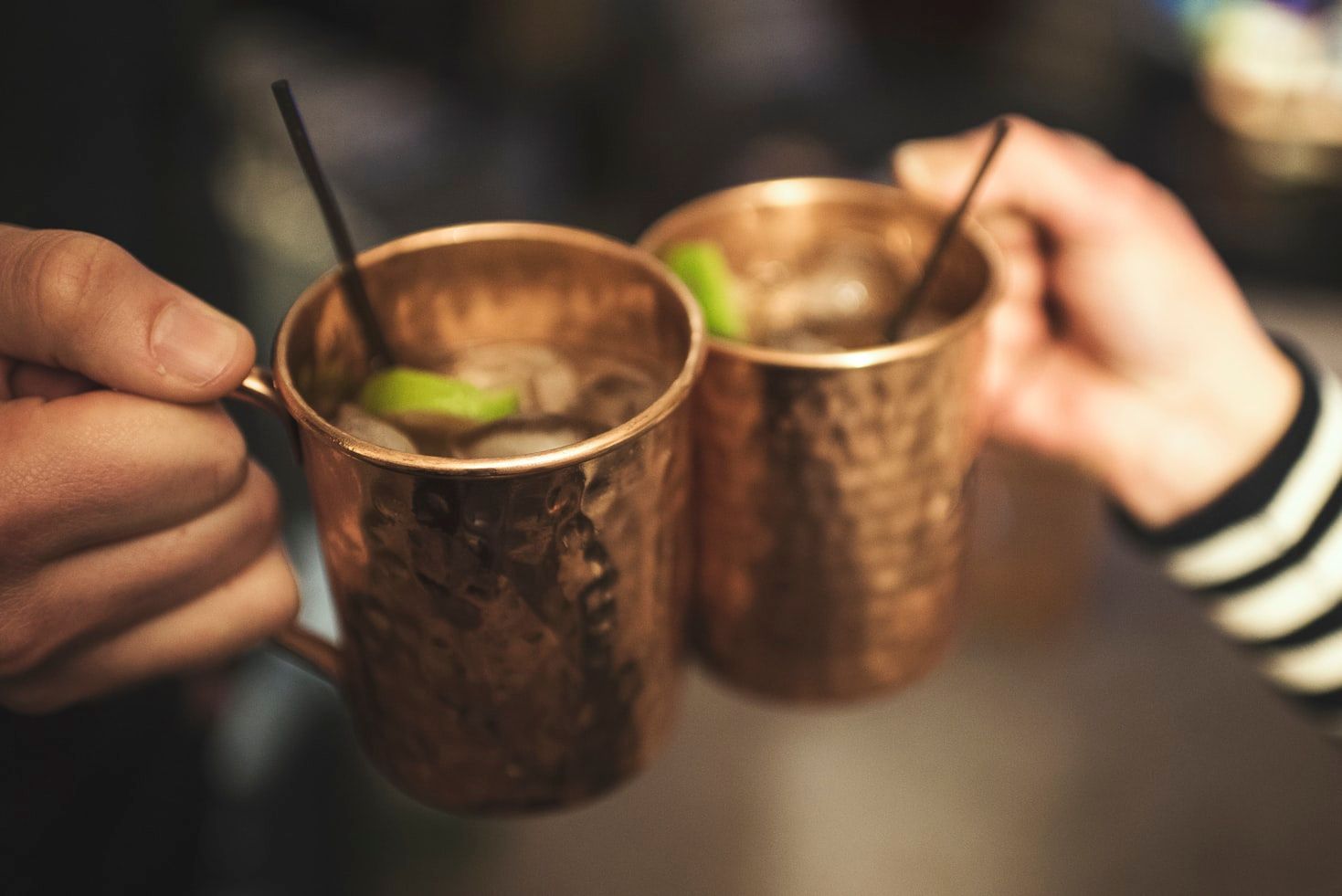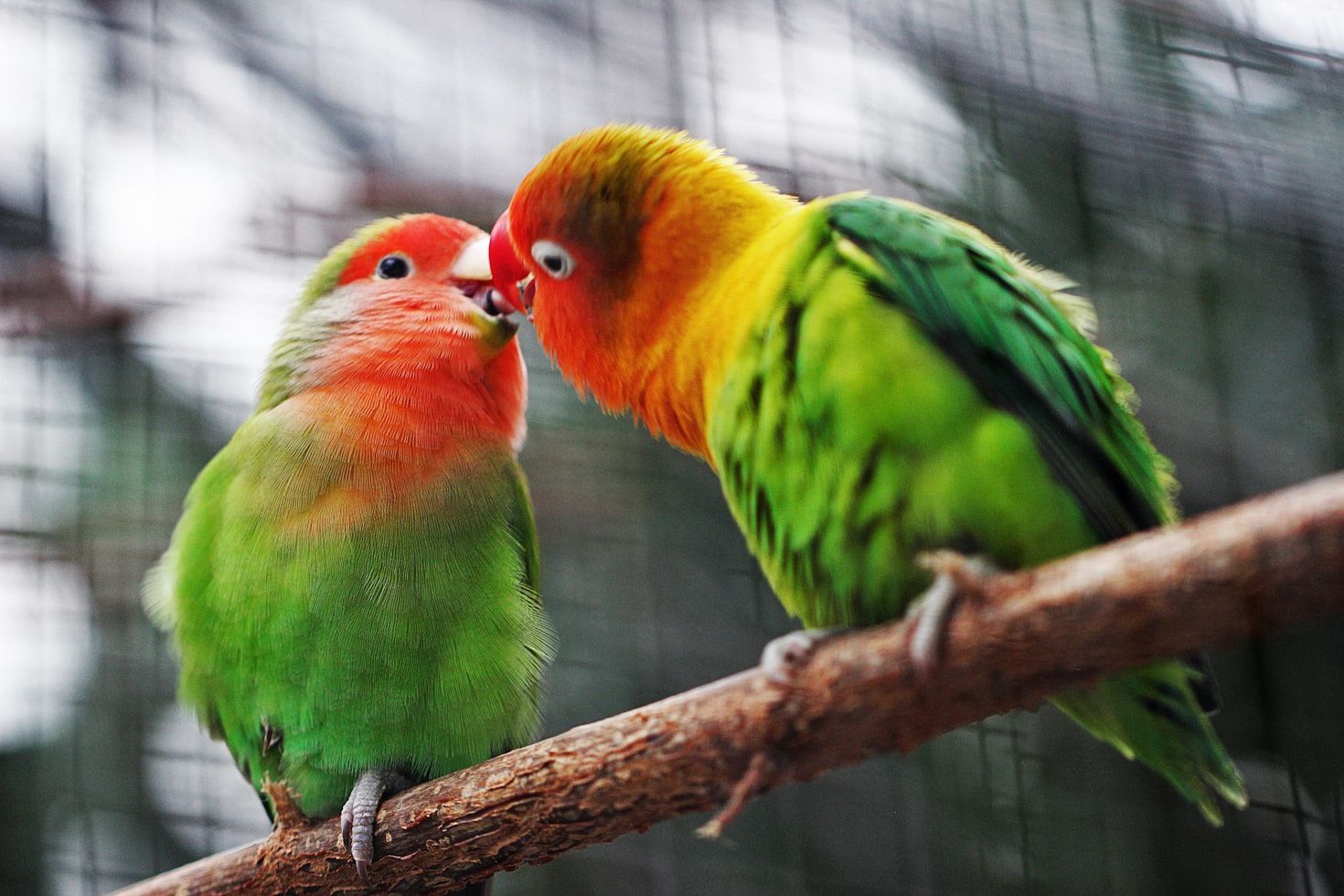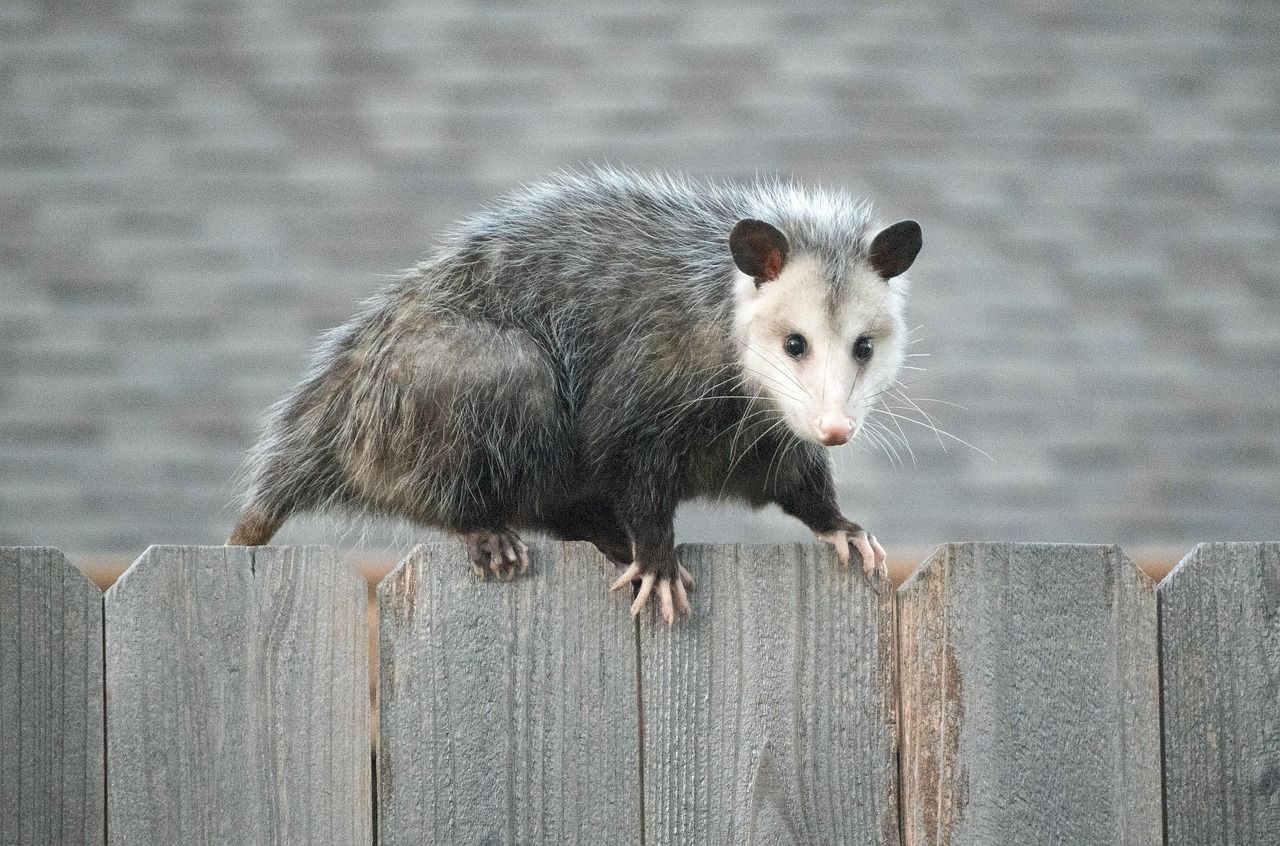Lost in time
You probably have obambulated at least once. 10 unusual words explained
Published on August 20, 2025
 Credit: Blaz Photo
Credit: Blaz Photo
Life is always evolving, and because language is a reflection of life, it changes too, sometimes in ways we hardly notice. English is full of beautiful terms that we use every day, but it also holds many other gorgeous words that, unfortunately, we have stopped using over time. Cultural, social, and technological changes shape our vocabulary, causing many words -despite their charm- to fall into disuse. If you want to remember 10 beautiful English words that we don't use much anymore -but definitely should- this article is for you!
Murmuration
 Credit: Rob Curran
Credit: Rob Curran
Let's start with a word that might test some people's patience. Well, not the word itself, but what it means.
"Murmuration" is a beautiful word in our language that refers to a soft, continuous sound, like the muttering of a crowd: ever-present but with no distinct voice standing out. A bit unsettling, isn't it? But despite its meaning, this word has a lovely, almost poetic sound. Just give it a try and say it out loud!
This noun comes from the Latin verb murmurare ("to murmur"). In English, the term has been used since the 14th century, and while it has fallen into disuse in recent decades, it can still be found in literary or formal contexts.
Obambulate
 Credit: Mitchel Lensink
Credit: Mitchel Lensink
If you want to sound elegant and sophisticated, this is the perfect word for your next conversation. However, be aware that most people might not be familiar with it, as it hasn't been a part of everyday language for a long time.
"Obambulate" means to walk around or wander without a specific direction or destination. For instance, you might say, "My grandfather enjoyed obambulating through the city streets during the evening hours." Quite fancy, right?
This verb in English comes from the Latin obambulare, which has the same meaning. The Latin word combines the prefix ob- ("around") with ambulare ("to walk").
Crapulous
 Credit: Gary Meulemans
Credit: Gary Meulemans
"Crapulous" comes from the Latin crapula, which means "intoxication," and crapulentus, which means "drunk." The word in English has a similar meaning. A very clear example would be: "After the big party last night, the man woke up on the couch feeling crapulous and vowed never to drink again."
The word entered the English language in the 17th and 18th centuries to describe someone suffering from the effects of excessive drinking or eating. Although its use began to decline in the 19th century, this word remains a refined alternative for describing a hangover day. After a fabulous night, a crapulous day probably awaits.
Recogitate
 Credit: Helena Lopes
Credit: Helena Lopes
If a friend is asking you for advice about a situation or decision, it's wise to suggest they take some time to "recogitate" their conclusions before making a move. But what does this verb actually mean?
"Recogitate" means to think again or reconsider something very carefully. It comes from the Latin recogitare, formed from the prefix re- (again) and cogitare (to think). Its most frequent use in English was seen in formal written contexts beginning in the 18th century, but as early as the 19th century, its use began to decline, and the word was replaced by others, such as "reconsider."
Solivagant
 Credit: Luca Baggio
Credit: Luca Baggio
This word is related to one of the other terms we have already mentioned in this list. If "obambulate" is the verb that describes the action of wandering without an apparent destination, "solivagant" is the adjective that represents the person who does it.
"Solivagant" thus describes a solitary wanderer. This beautiful word that carries an air of mystery and introspection comes from the Latin solus ("alone") and vagari ("to wander").
A passage in a book might read, for example, "The author rejoiced in his days as a solivagant, wandering the quiet streets of that remote neighborhood." While this word has largely fallen out of everyday use, it's a good reminder of our language's beauty.
Ostentatious
 Credit: Rutger Lanser
Credit: Rutger Lanser
While this word continues to appear in formal and informal contexts, its usage has been declining in recent years.
We are talking about the term "ostentatious," an adjective used to describe someone or something that exhibits extravagance with the intention of impressing. Though often used with a touch of criticism, we can't deny the elegance of this word's form.
The term comes from the Latin ostentare, which means "to show off" or "to display." It entered English around the 17th century and was long used in our language, although recently, it has been replaced by other terms such as "showy."
Cacography
 Credit: Mukund Shyam
Credit: Mukund Shyam
This is one of our favorites! The word "cacography" has an interesting meaning and also a great sound.
This beautiful word entered the English language in the 16th century and was used to describe bad handwriting or misspellings. It doesn't come from Latin but from the combination of the Greek words kakos, meaning "bad," and graphein, meaning "to write." As you probably suspected, it can be thought of as the opposite of "calligraphy," which is beautiful or artistic writing.
If you want to use it in a sentence, you might say, "When I was a kid, the teachers often criticized my cacography in school."
Contumelious
 Credit: Afif Ramdhasuma
Credit: Afif Ramdhasuma
This is one of those words that sounds beautiful but has a not-so-beautiful meaning.
Here, we have another adjective, "contumelious," used to describe someone who is insolent, rude, disdainful, or arrogant. "Contumelious" (we just can't stop pronouncing it) comes from the Latin word contumelia, meaning "insult" or "abuse." The term entered Middle English around the 14th century, and its usage began to decline in the 19th century.
If you want to sound refined, you can say something like, "I won't tolerate their contumelious attitude, as it is a clear sign of disrespect."
Peccable
 Credit: Jametlene Reskp
Credit: Jametlene Reskp
Those who struggle to meet their responsibilities, don't respond as well, or have difficulty accepting and following rules might be described with this word.
According to the Merriam-Webster dictionary, "peccable" is an adjective used to describe "someone liable or prone to sin: susceptible to temptation or error." This word in English is derived from the Latin word peccare ("to sin" or "to commit a fault") and the Latin adjective peccabilis ("liable to sin").
Due to the general beliefs of the time, this word was more commonly used during the 17th and 18th centuries, but its usage began to decline in the 19th century.
Buss
 Credit: Jonah Pettrich
Credit: Jonah Pettrich
No, this word doesn't refer to the big vehicle that carries passengers. It's something a bit different.
Although it's a bit simpler and less melodious than the other words on this list, "buss" still has its own charm. Want to know what it means? "Buss" can be both a noun meaning "a kiss" and a verb meaning "to kiss." Have you ever heard this word or used it in your conversations or letters?
It comes from the Old French word baiser, which also means "to kiss." The Old French term itself comes from the Latin basiāre, which had the same meaning, too.












